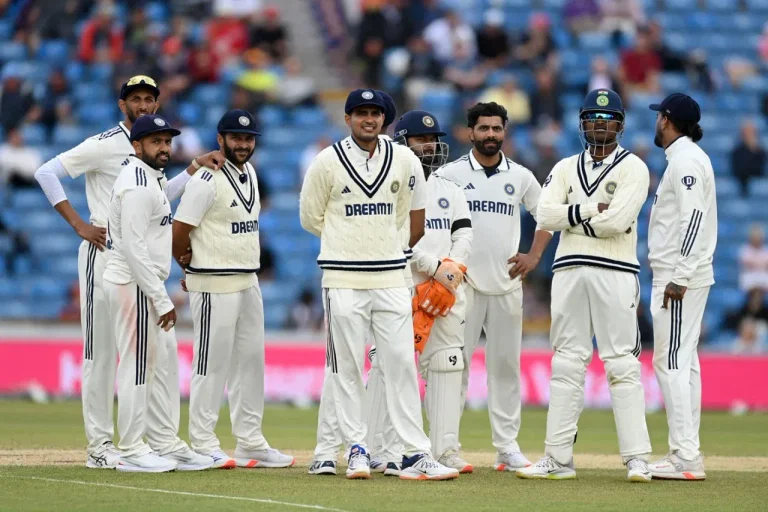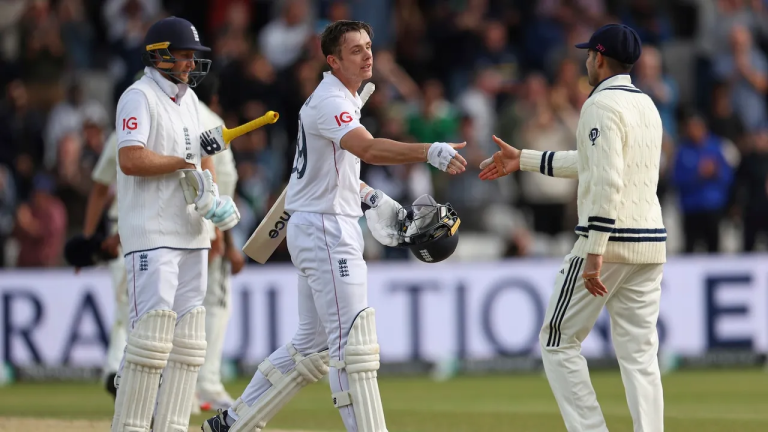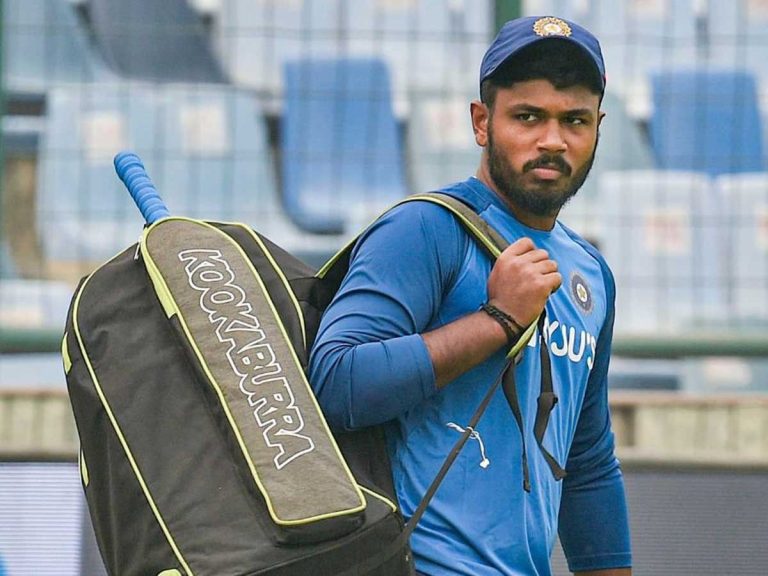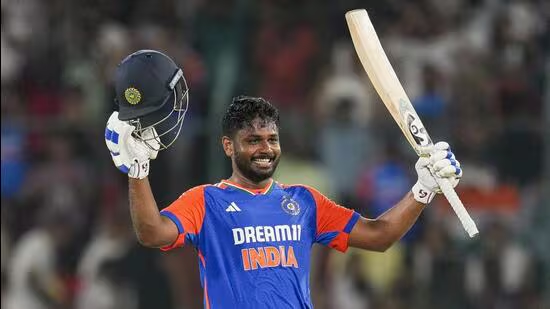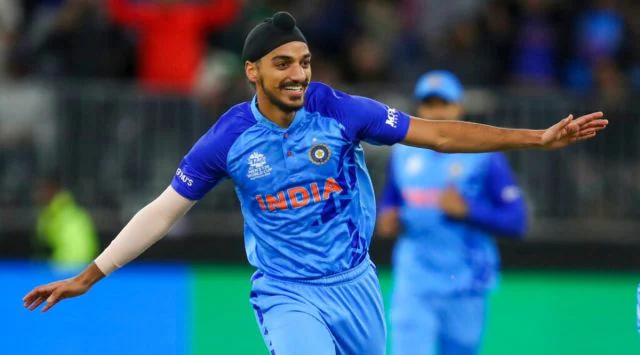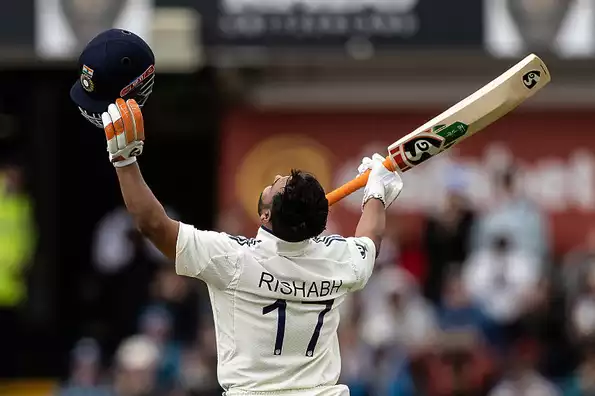
The first Test between India and England at Headingley (June 20-24, 2025) will be remembered as the stage where Rishabh Pant etched his name into cricketing folklore. With scores of 134 and 118 in the first and second innings respectively, Pant became the first Indian wicket-keeper to register twin centuries in a Test match—a feat that transcends mere statistical achievement and represents a paradigm shift in how wicket-keeper batsmen approach the longest format.
The Numbers That Tell a Story
Pant’s first innings 134 off 178 balls, adorned with 12 boundaries and six maximums, was a masterpiece of controlled aggression. His second innings 118 off 140 balls, featuring audacious strokeplay including fearless sweeps and reverse hits, demonstrated remarkable consistency under pressure. Together, these knocks not only powered India to a commanding position but also showcased the evolution of wicket-keeping in modern Test cricket.
The significance becomes even more pronounced when considering that Pant has now surpassed MS Dhoni’s record for most Test centuries by a designated Indian wicket-keeper. This achievement places him in an elite category and establishes his credentials as one of the finest wicket-keeper batsmen in contemporary cricket.
Technical Excellence Under Examination
What sets Pant’s performance apart is not merely the runs scored but the manner of their accumulation. His ability to switch between orthodox stroke-making and innovative shot selection reflects a mature approach to Test batting. The fact that both centuries came against England’s bowling attack at Headingley—traditionally a challenging venue for visiting batsmen—amplifies the quality of his performance.
Former India coach Ravi Shastri’s observation about Pant’s consistency since moving to the number five position provides crucial context. This positional stability has allowed Pant to construct his innings methodically while maintaining his natural aggressive instincts. The balance between patience and aggression, evident in both innings, suggests a batsman who has learned to harness his talent effectively.
Strategic Impact and Match Context
Pant’s contributions came at crucial junctures. After India’s first innings total of 471, which included his 134, the match remained delicately poised. The second innings partnership of 195 runs with KL Rahul, where Pant scored 118, fundamentally altered the complexion of the Test. This collaboration neutralized England’s bowling attack for over two sessions and established India’s dominance in the match.
The tactical awareness displayed by Pant—knowing when to attack and when to consolidate—reflects his growing maturity as a Test batsman. His ability to adapt his game to different match situations while maintaining his natural flair represents the hallmark of elite-level batting.
Comparative Analysis and Historical Context
To appreciate Pant’s achievement fully, one must consider the rarity of twin centuries by wicket-keepers in Test cricket globally. Very few wicket-keepers in cricket history have managed this feat, making Pant’s accomplishment all the more remarkable. His aggressive approach to batting, combined with his wicket-keeping duties, demonstrates the physical and mental demands he manages simultaneously.
The performance also highlights the evolution of Indian cricket’s approach to overseas conditions. Where previous generations might have adopted overly defensive strategies, Pant’s positive intent and aggressive stroke-making represent a new philosophy—one that seeks to dominate rather than merely survive.
Areas for Future Development
Despite the excellence of his performance, critical analysis reveals areas where Pant can continue to evolve. His dismissal patterns and shot selection in pressure situations remain focal points for improvement. The ability to convert more starts into substantial scores, while maintaining his natural game, will determine his long-term success in Test cricket.
Additionally, the balance between his batting and wicket-keeping responsibilities requires constant refinement. While his batting has reached new heights, maintaining consistency behind the stumps remains crucial for his overall contribution to the team.
Legacy and Future Implications
Pant’s twin centuries at Headingley represent more than individual brilliance—they signify a generational shift in Indian cricket. His fearless approach and technical proficiency provide a template for future wicket-keeper batsmen, demonstrating that the role can be redefined beyond traditional boundaries.
The performance also establishes Pant as a genuine match-winner in overseas conditions. His ability to single-handedly alter match situations through batting excellence makes him an invaluable asset for India’s Test ambitions globally.
Conclusion
Rishabh Pant’s historic performance in the first Test against England at Headingley stands as a testament to his evolution as a cricketer and his importance to Indian cricket. The twin centuries represent not just personal milestones but strategic victories that could define the series outcome.
His blend of natural talent, improved technique, and strategic awareness suggests that this performance, remarkable as it is, may well be the precursor to even greater achievements. For Indian cricket, Pant’s emergence as a consistent match-winner in Test cricket provides optimism for future challenges in overseas conditions.
The Headingley masterclass will be remembered as the moment Rishabh Pant announced himself as one of the finest wicket-keeper batsmen in world cricket—a player capable of changing matches through sheer force of will and exceptional skill. In the annals of Indian cricket history, these twin centuries mark not an end but a beginning of what promises to be an extraordinary legacy.


